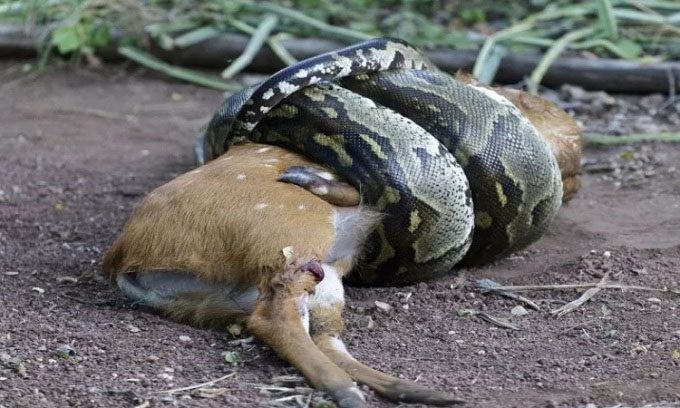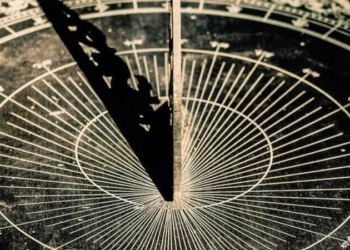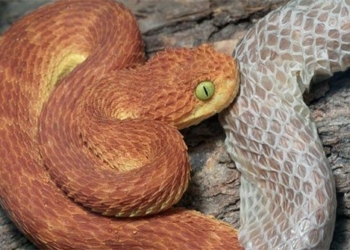Researchers Discover Rib Movement Enables Constrictor Snakes to Avoid Suffocating Themselves While Prey is Strangled.
Constrictor snakes are non-venomous snakes that kill their prey by suffocation. With their powerful muscles, these snakes typically coil around their prey and squeeze until the prey dies. A large constrictor can kill animals such as lizards, mongooses, and marsupials in this manner. However, this action can also compress the snake’s own lungs. Previously, researchers were unclear about how constrictor snakes avoid suffocating themselves while killing and consuming their prey. A new study published in the journal Experimental Biology has found that they rely entirely on the movement of their ribs.

Constrictor snake tightly coils around its prey and squeezes to suffocate it. (Photo: Jedspics_com)
To monitor the breathing of the snakes, scientists John Capano and Elizabeth Brainerd at Brown University attached blood pressure monitors around their ribs. Two monitors were placed around two ribs on each snake. Constrictor snakes have two lungs that run the length of their bodies. After attaching the monitors, the research team gradually increased the pressure on each device.
As the pressure increased, the snakes breathed by pushing their ribs backward. However, when the pressure pressed against their backs, the snakes breathed by pushing their ribs upward. According to the study’s results, the ribs near the bottom of the lungs only moved when the ribs at the front were constricted. Researchers found that the lungs of the snakes operated almost like a bellows, pushing air through the front when the snake could not breathe and vice versa.
According to Capano, the findings indicate that at least constrictor snakes, and likely all types of snakes, can control each part of their ribcage. Evolutionarily, the ribs certainly play a role in various activities. They also contribute to other forms of movement in snakes, such as climbing, burrowing, and slithering. The ability to control their ribs may be a critical feature that distinguishes snakes from other elongated limbless animals.
This characteristic is certainly related to the ancient ancestors of snakes. The ancestors of all amniotes, including snakes, lizards, mammals, birds, crocodiles, and turtles, relied entirely on their ribs to breathe. They would experience axial pressure, meaning their ability to breathe would decrease while running. This is why lizards tire very quickly when chased.
Through these findings, scientists suggest that snakes may be able to shift their ventilation positions in their lungs while slithering, moving the areas they use to breathe to locations that are not affected by movement.





















































